25 Spooktacular Halloween Facts You Didn't Know (Plus a Peek at Halloween 2025!)

A Haunting Introduction: Beyond the Candy & Costumes
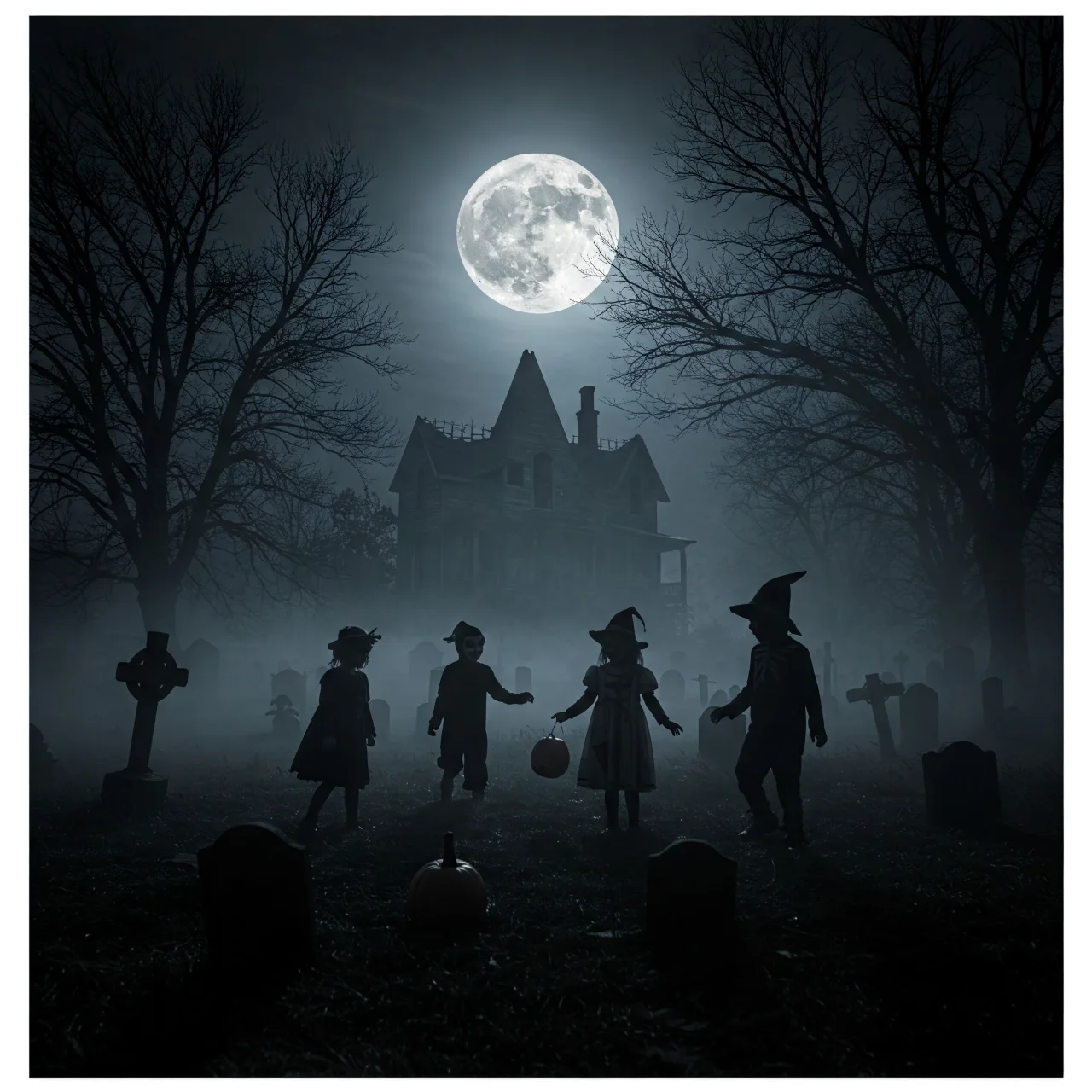
Halloween, a night of costumes, candy, and spooky fun, holds a history far deeper and more intriguing than many realize. This isn't just about modern traditions; it’s a confluence of ancient beliefs, cultural shifts, and fascinating folklore.
Prepare to unearth 25 fascinating facts about Halloween, its spooky roots, and a look toward Halloween 2025. Get ready for a thrilling ride!
Samhain: Halloween's Celtic Ancestor
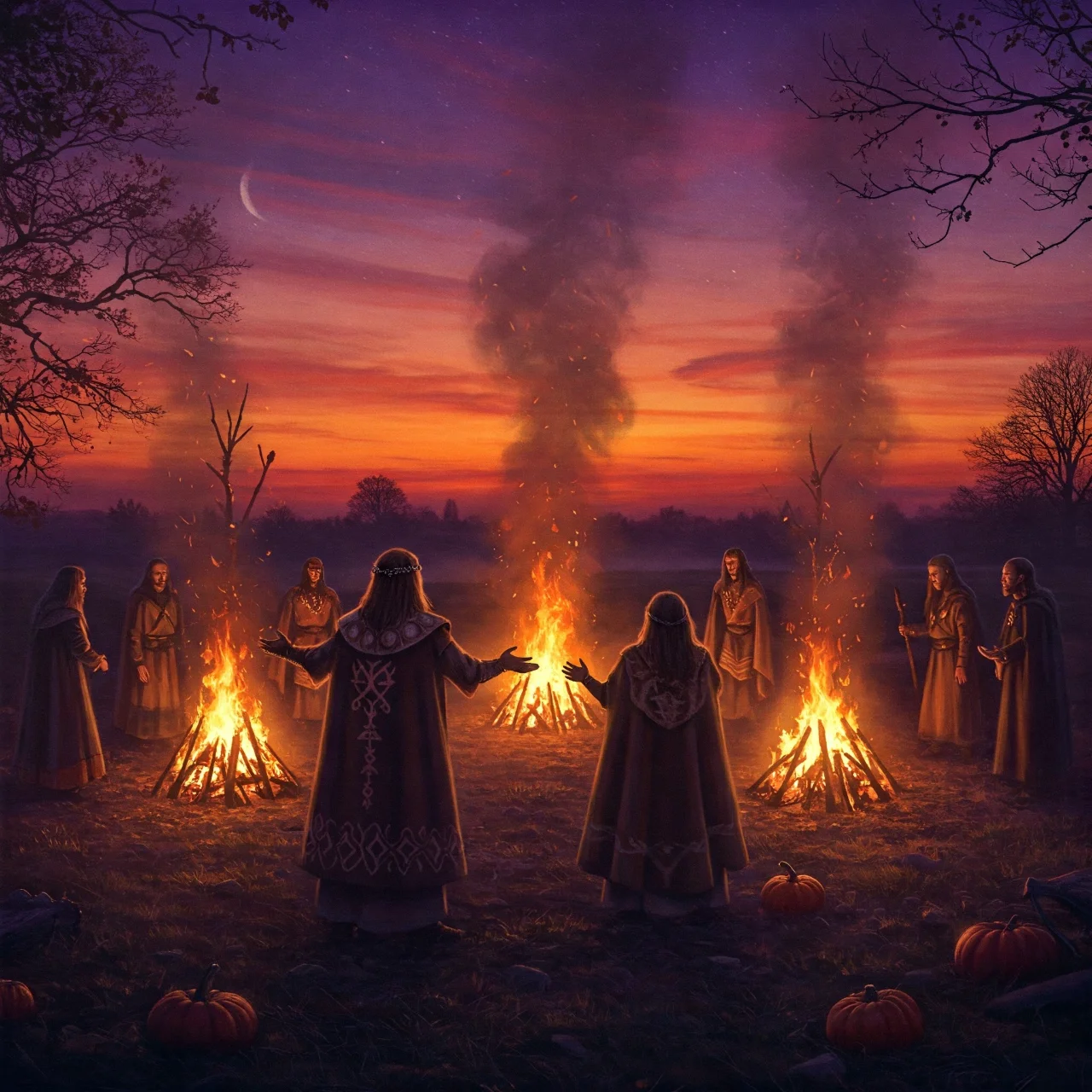
Halloween's origins trace back to the ancient Celtic festival of Samhain (pronounced 'sow-in').
Celebrated over 2,000 years ago, it marked the end of summer and the harvest, and the belief that the boundary between the worlds of the living and the dead blurred on this night. [Source: History.com - https://www.history.com/topics/halloween/history-of-halloween]
Turnips Were the Original Jack-o'-Lanterns
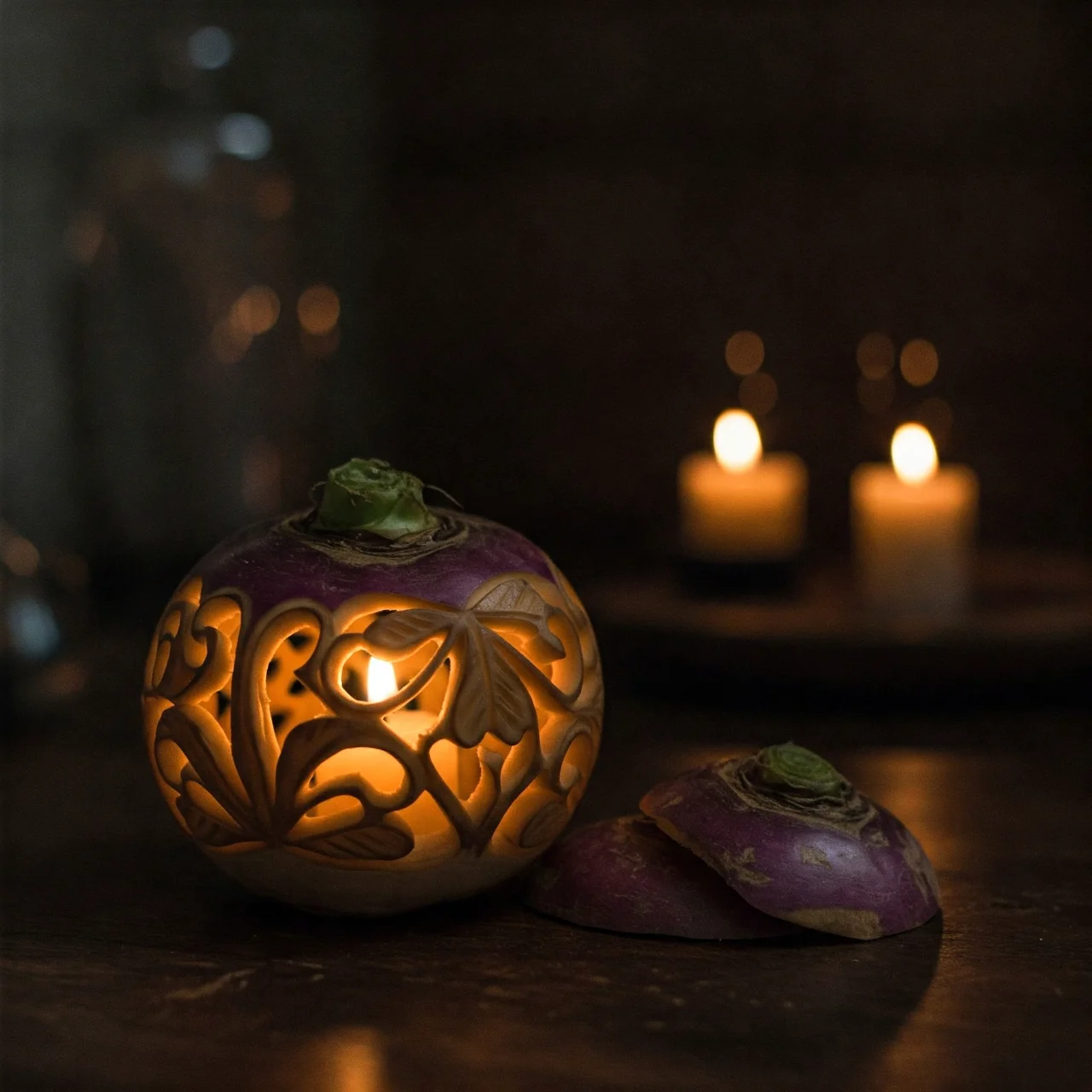
Before pumpkins became the iconic Jack-o'-Lantern, Celts carved faces into turnips, potatoes, and beets to ward off evil spirits.
These weren't necessarily meant to be friendly faces; the frightening visages were designed to scare away wandering souls. It wasn't until Irish and Scottish immigrants arrived in North America that pumpkins took over.
The Roman Influence on Halloween
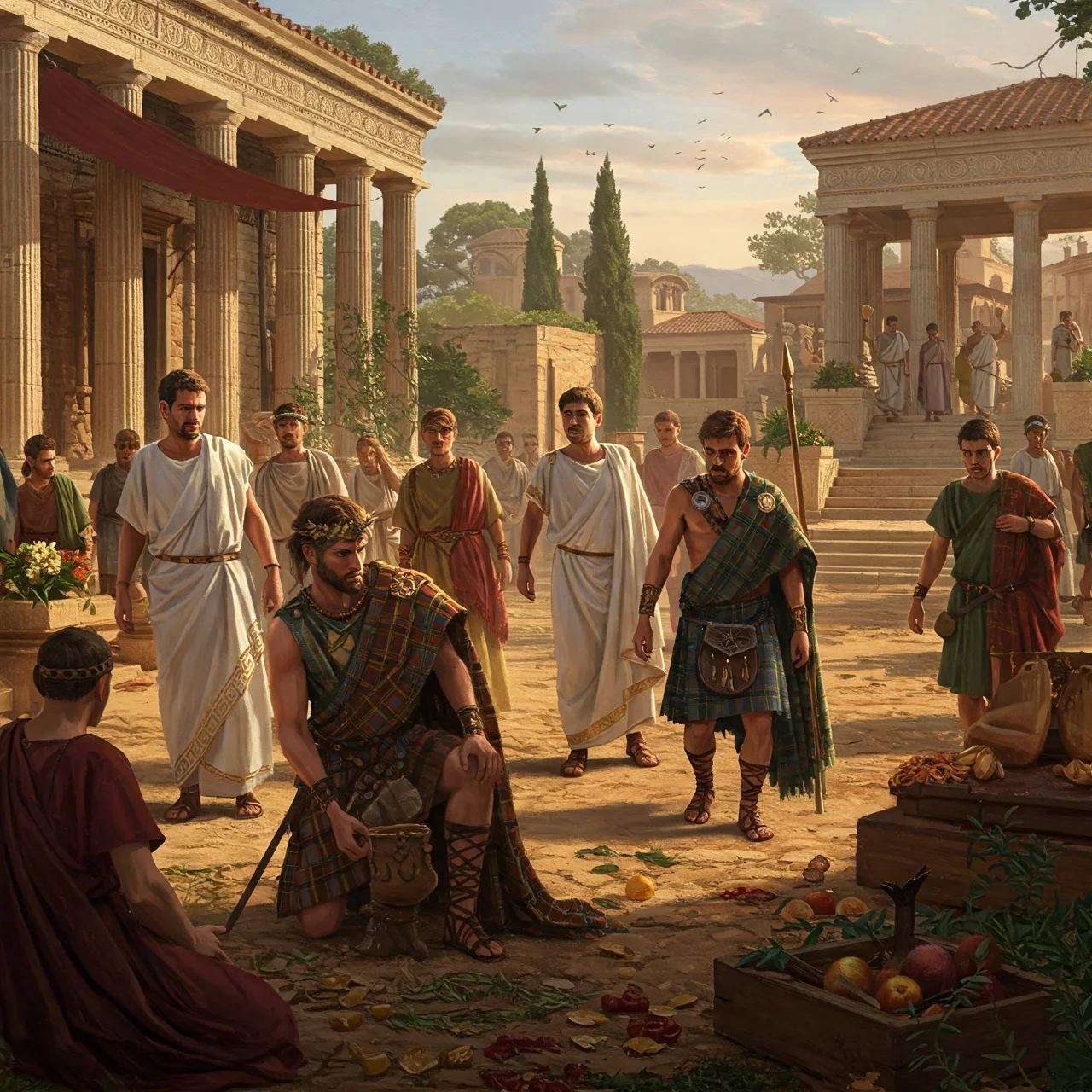
When the Roman Empire conquered Celtic territories, two Roman festivals were incorporated into Samhain celebrations: Feralia, a day to commemorate the passing of the dead, and Pomona, a festival honoring the Roman goddess of fruit and trees.
This explains why apples feature prominently in some Halloween traditions.
Souling: The Precursor to Trick-or-Treating
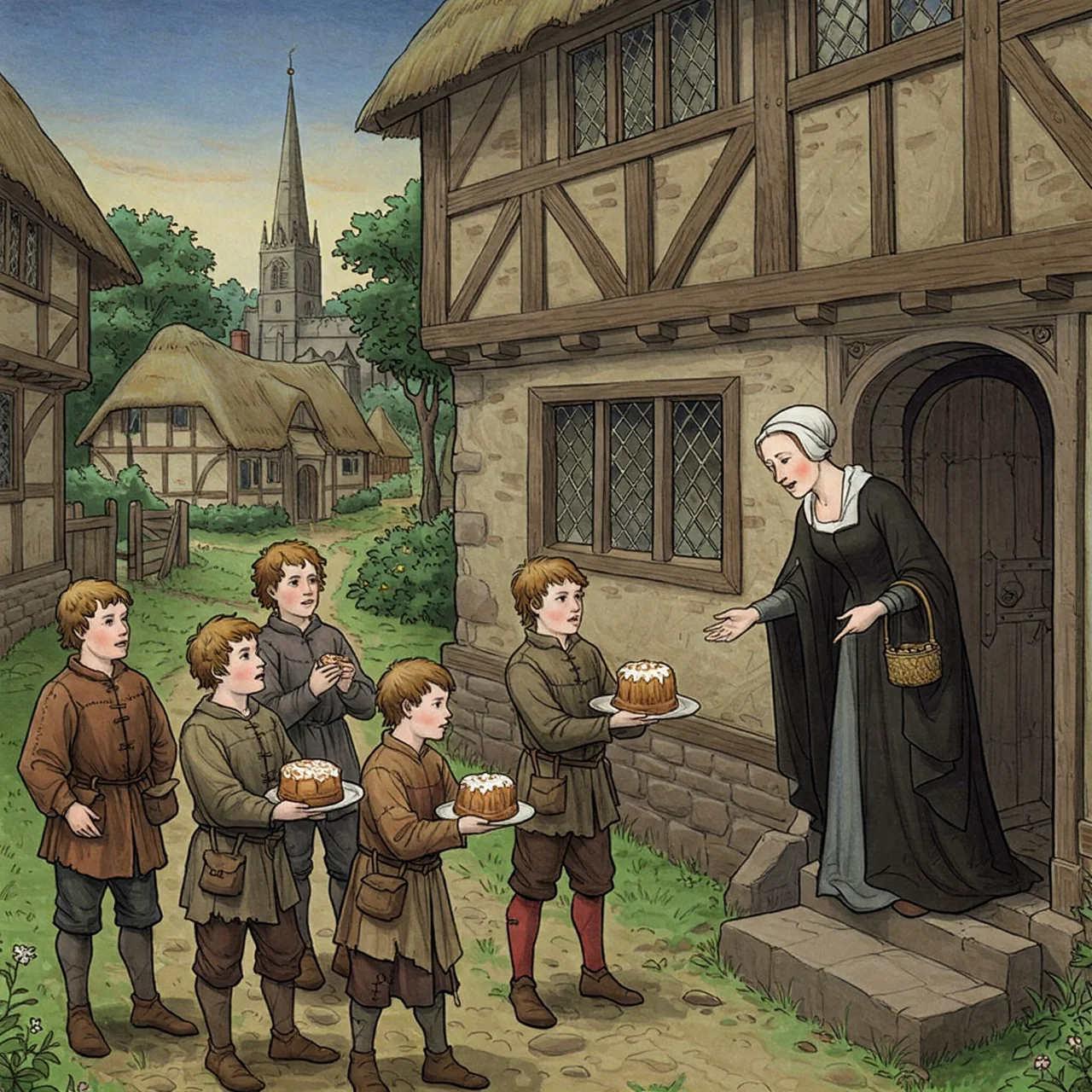
In medieval Britain, 'souling' involved poor people going door-to-door offering prayers for the dead in exchange for 'soul cakes'. This practice is considered a direct ancestor of modern trick-or-treating, though motivated by religious offerings rather than candy demands.
Halloween & All Hallows' Eve: A Christian Connection
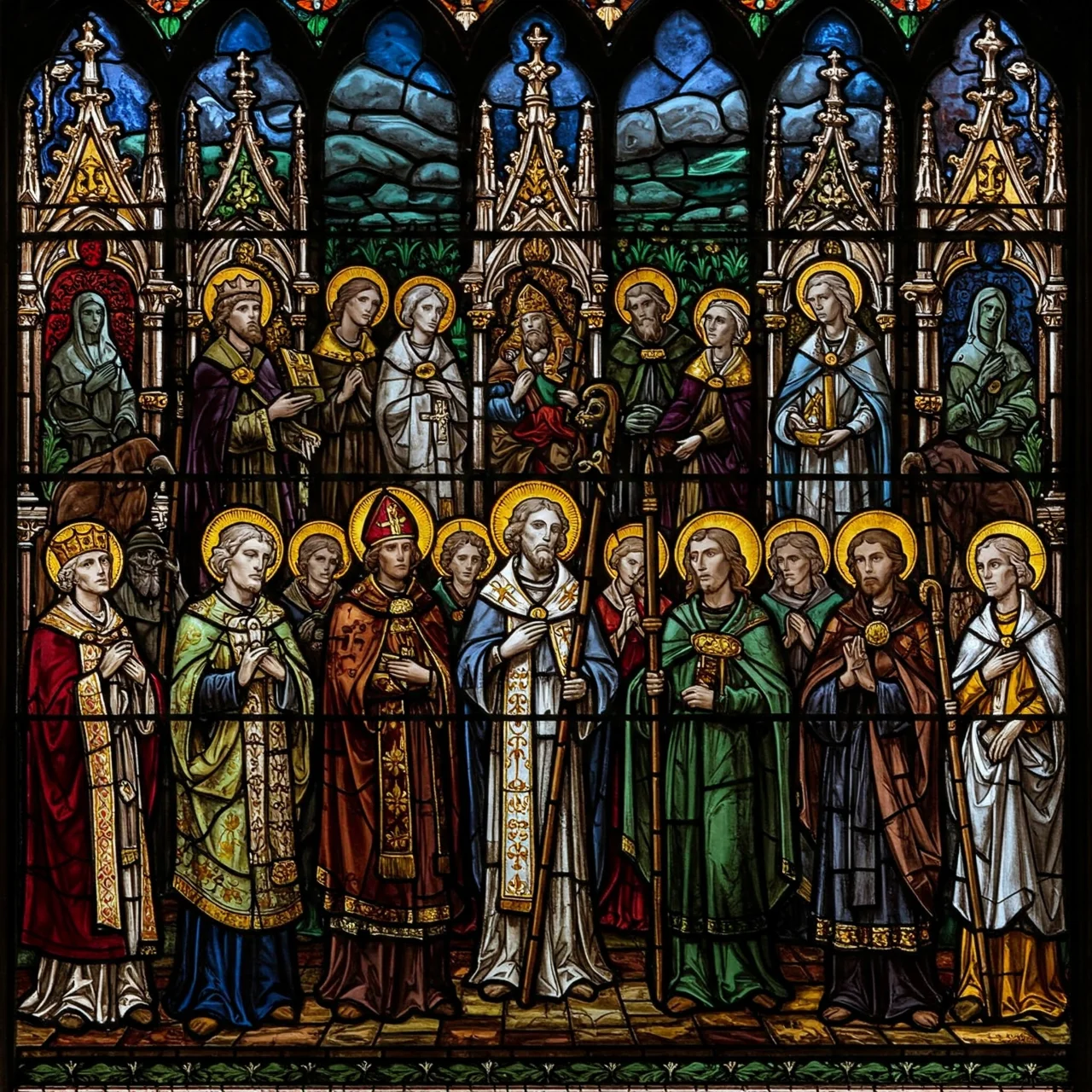
The evening before All Saints’ Day (November 1st) became known as All Hallows’ Eve, and eventually Halloween.
The church established All Saints’ Day to honor saints, attempting to replace the pagan festival of Samhain with a Christian holiday. The name 'Halloween' is a contraction of 'All Hallows’ Evening'.
Black Cats and Bad Luck
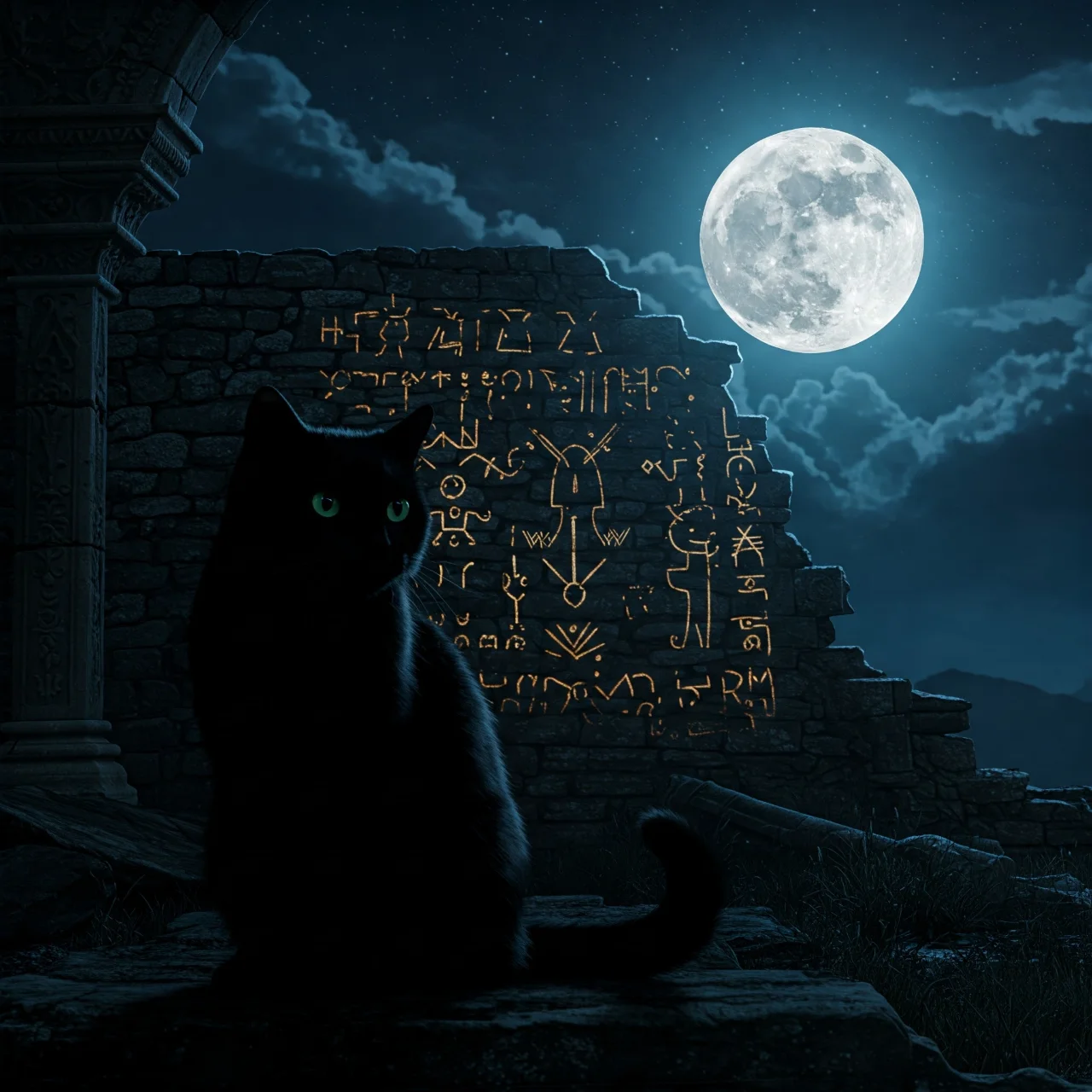
The association of black cats with bad luck and witchcraft dates back to the Middle Ages. They were believed to be familiars – supernatural entities associated with witches. This belief contributed to the persecution of both cats and those accused of witchcraft during the witch trials.
The Fear of Halloween…Was Real
In the 19th century, Halloween was not widely celebrated in the United States. Some religious groups actively discouraged it, viewing it as demonic or associated with harmful practices. This led to a period where Halloween was relatively subdued.
The Rise of Trick-or-Treating in America
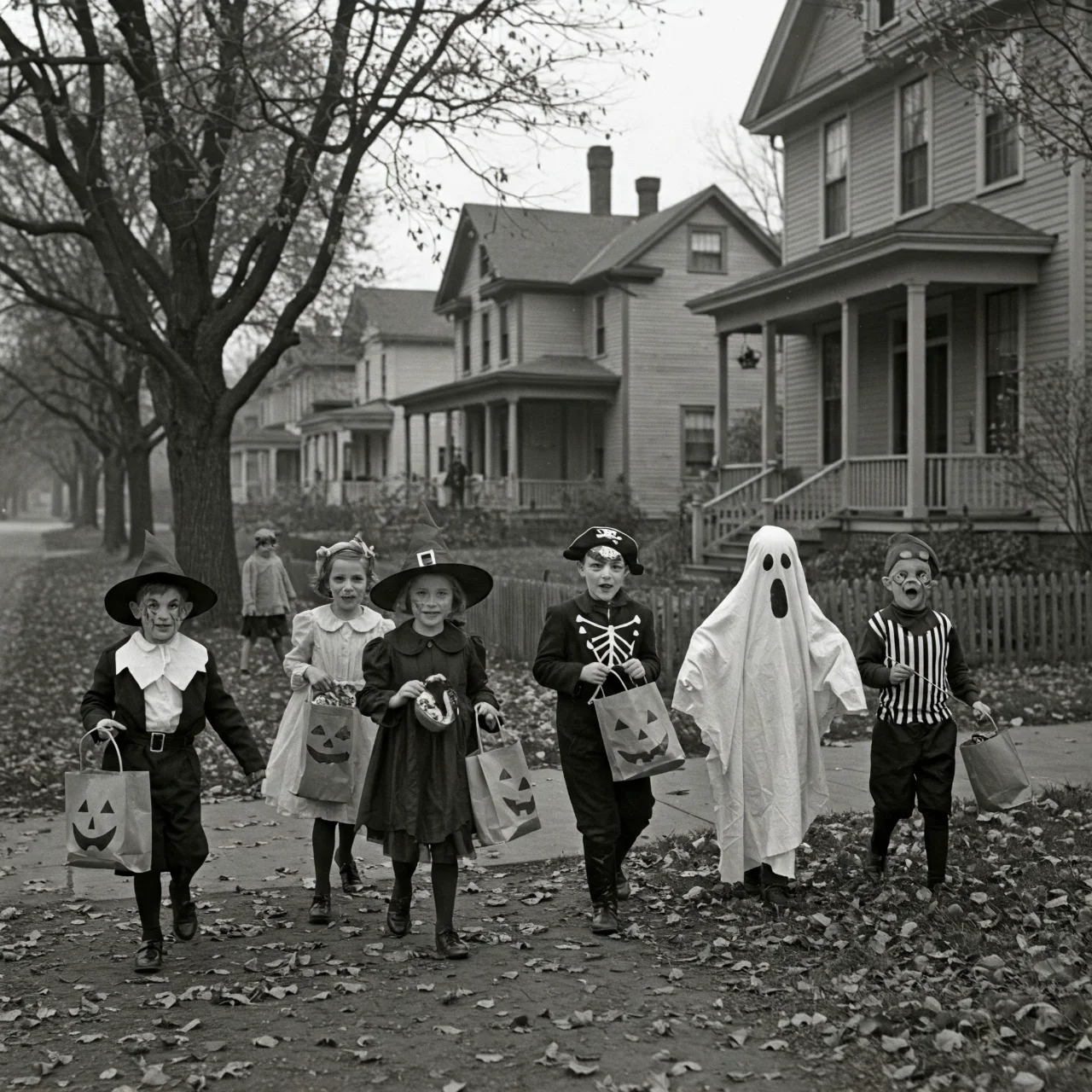
Trick-or-treating as we know it gained popularity in the 1930s, fueled by a desire to provide a safe and community-focused Halloween activity. It was seen as a way to prevent destructive pranks, which were common during this time.
Bobbing for Apples: A Roman Dating Game?
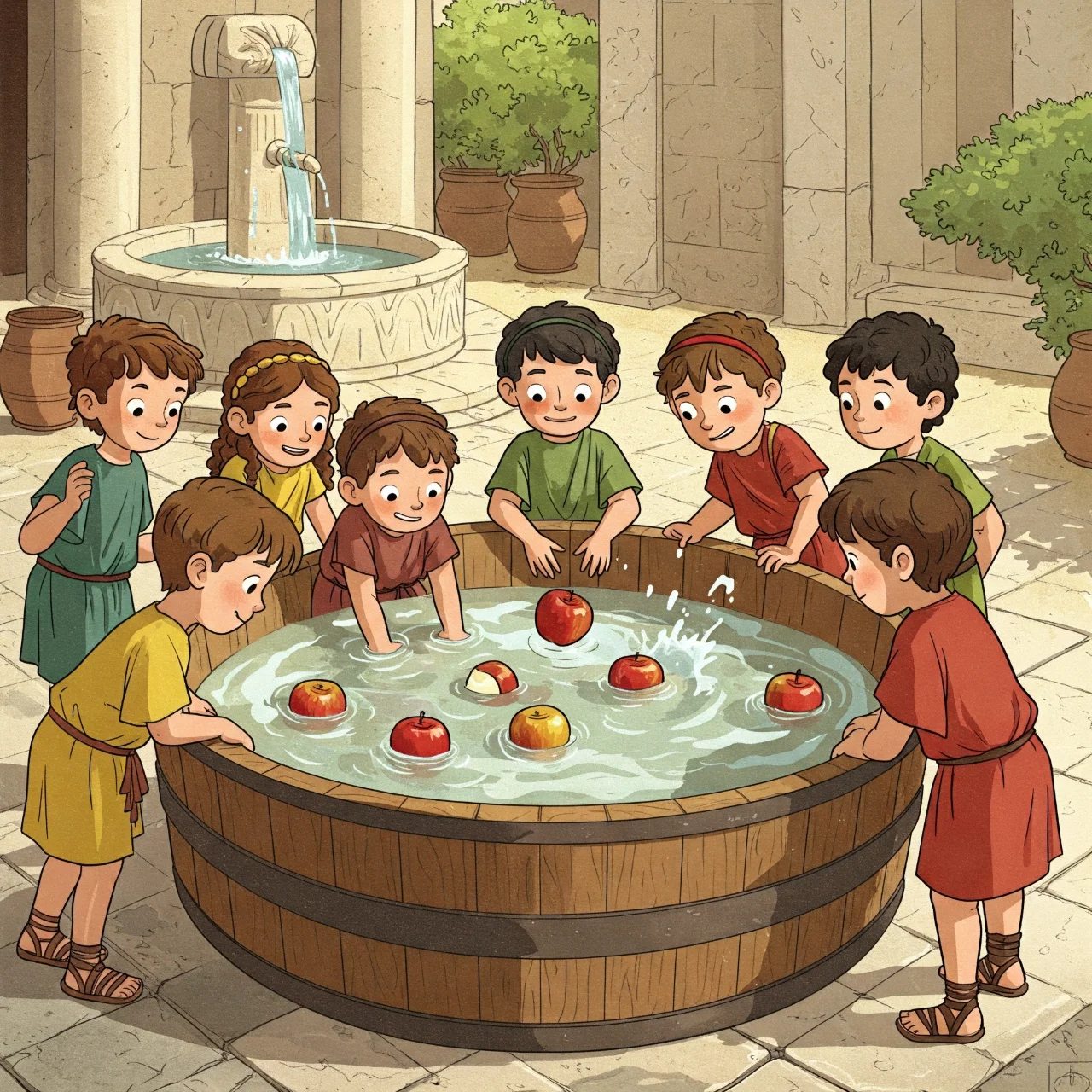
Bobbing for apples, a classic Halloween game, may have originated as a Roman love game. Young, unmarried people would try to bite into apples floating in water, with the first to succeed predicting who would be the next to marry.
Halloween Candy's Evolution
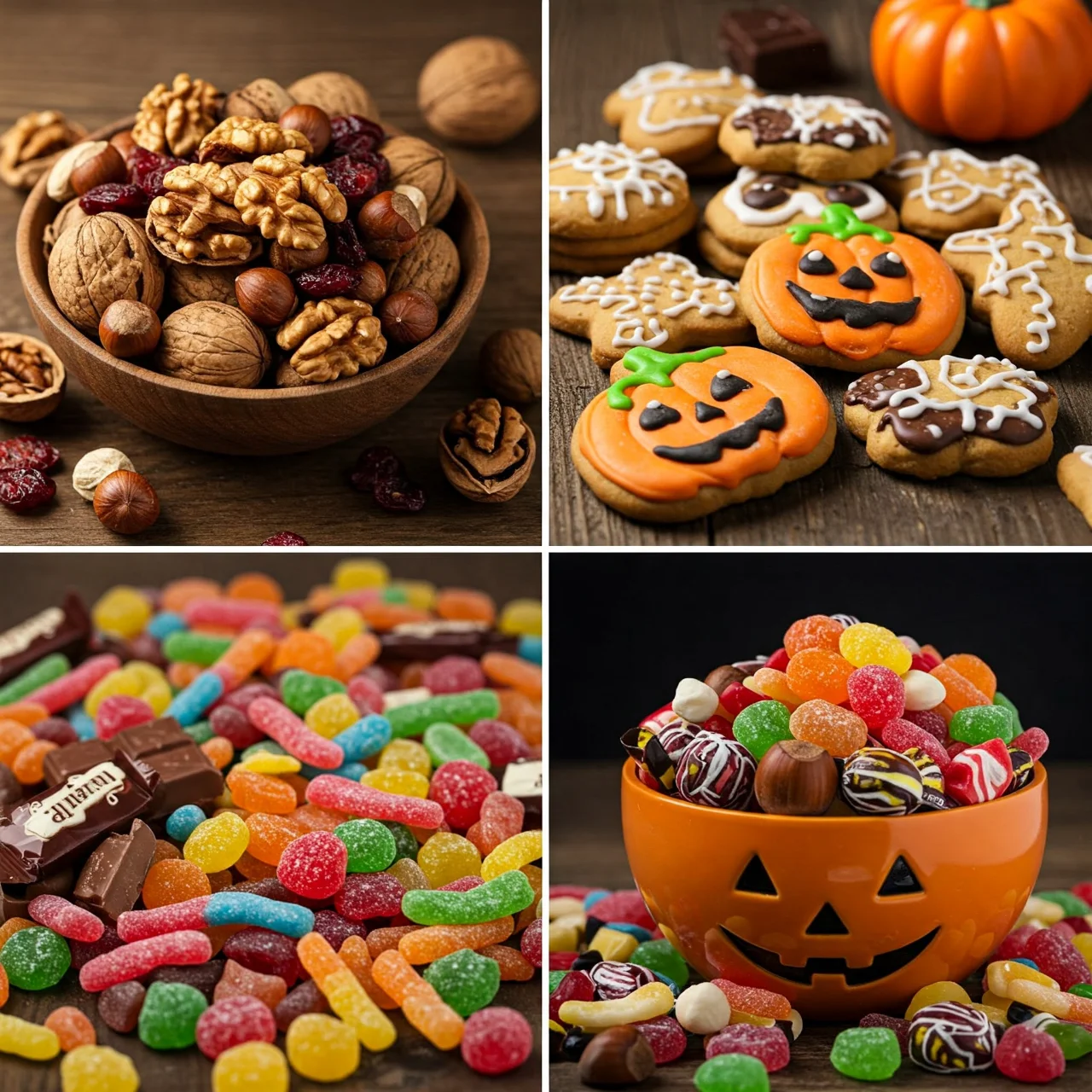
Early Halloween treats weren’t always mass-produced candy. Nuts, fruits, and homemade baked goods were common offerings. The rise of commercially produced candy in the early 20th century led to the sugary bounty we associate with Halloween today.
The Great Pumpkin Phenomenon
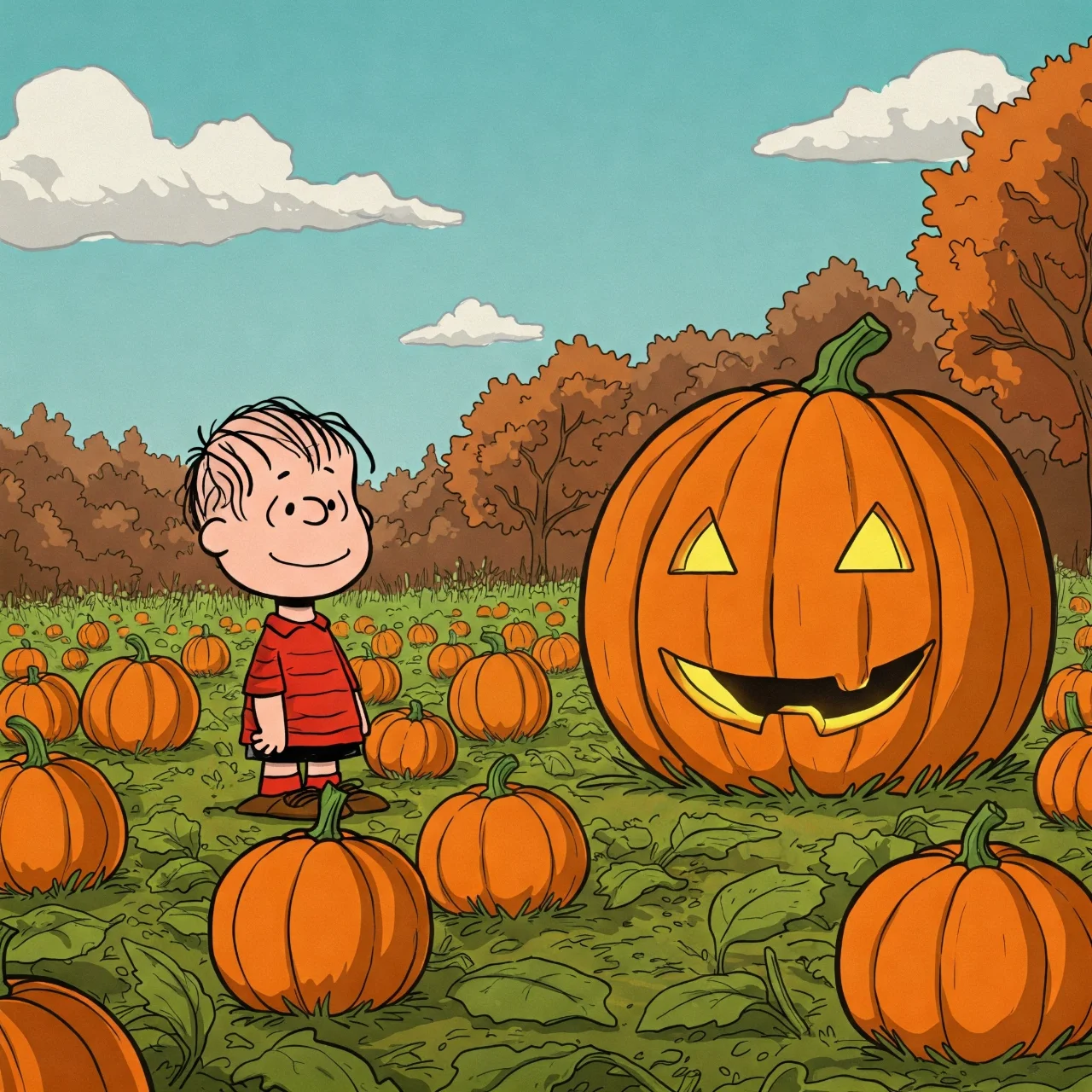
Charles M. Schulz’s ‘It’s the Great Pumpkin, Charlie Brown’ cartoon (1966) popularized the idea of the 'Great Pumpkin,' a benevolent figure who delivers toys to children on Halloween night. It’s now a cultural touchstone.
Halloween and Divination
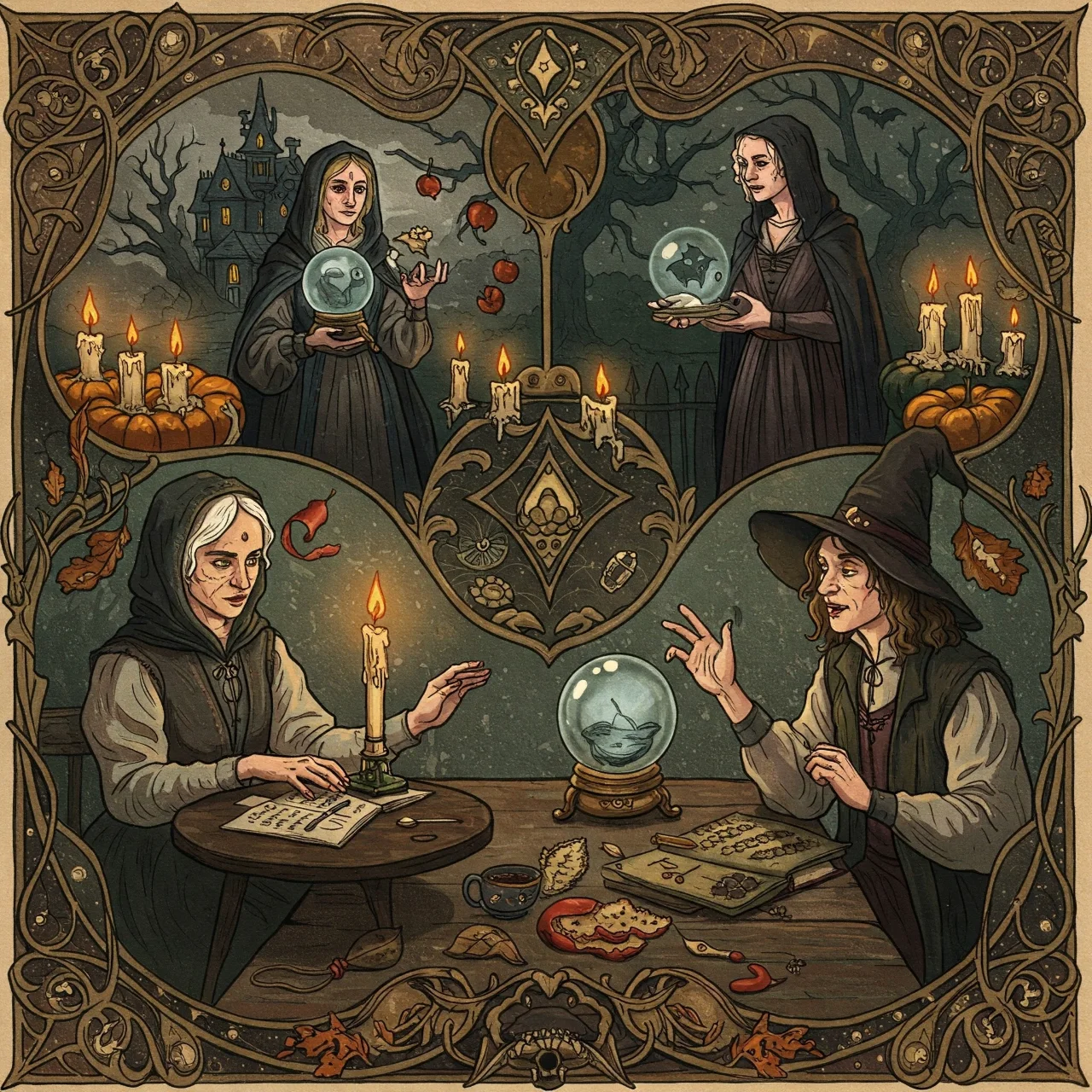
Historically, Halloween was a time for divination – attempts to predict the future. Practices included apple peeling, mirror gazing, and nut burning, all believed to reveal romantic prospects or offer glimpses into the coming year.
The World Record for Largest Pumpkin
The world record for the heaviest pumpkin is over 2,700 pounds! These gigantic gourds require significant effort and horticultural expertise to grow, often competing for prizes at state and county fairs.
[Source: Guinness World Records - https://www.guinnessworldrecords.com/world-records/heaviest-pumpkin]
Scotland's Nut Burning Tradition
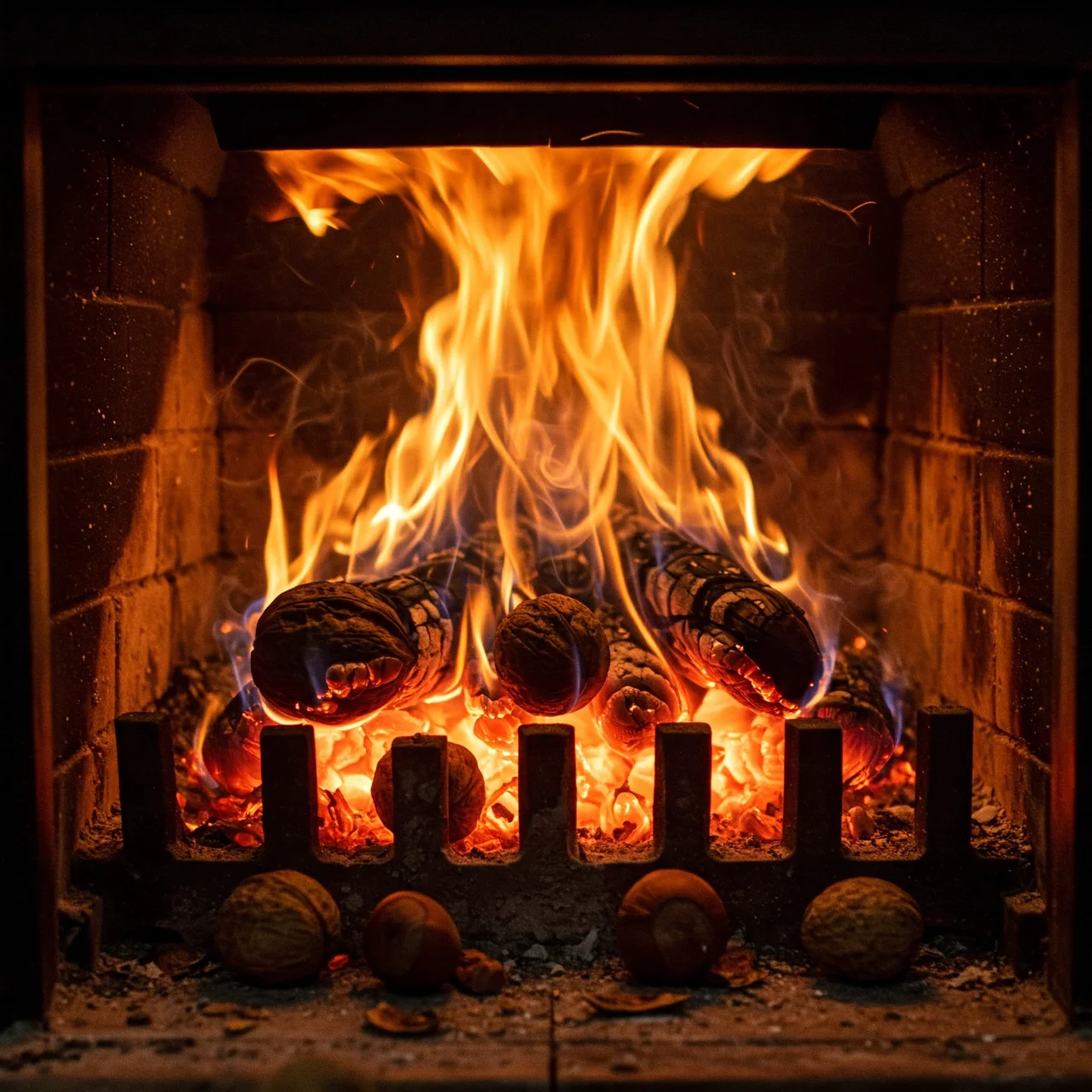
In Scotland, a traditional Halloween practice involves burning nuts in the fireplace. The way the nuts burn, crackle, and pop is interpreted as a prediction of the future, particularly regarding romantic relationships. If nuts burn quietly, the relationship will be peaceful.
The Origin of the Halloween Mask
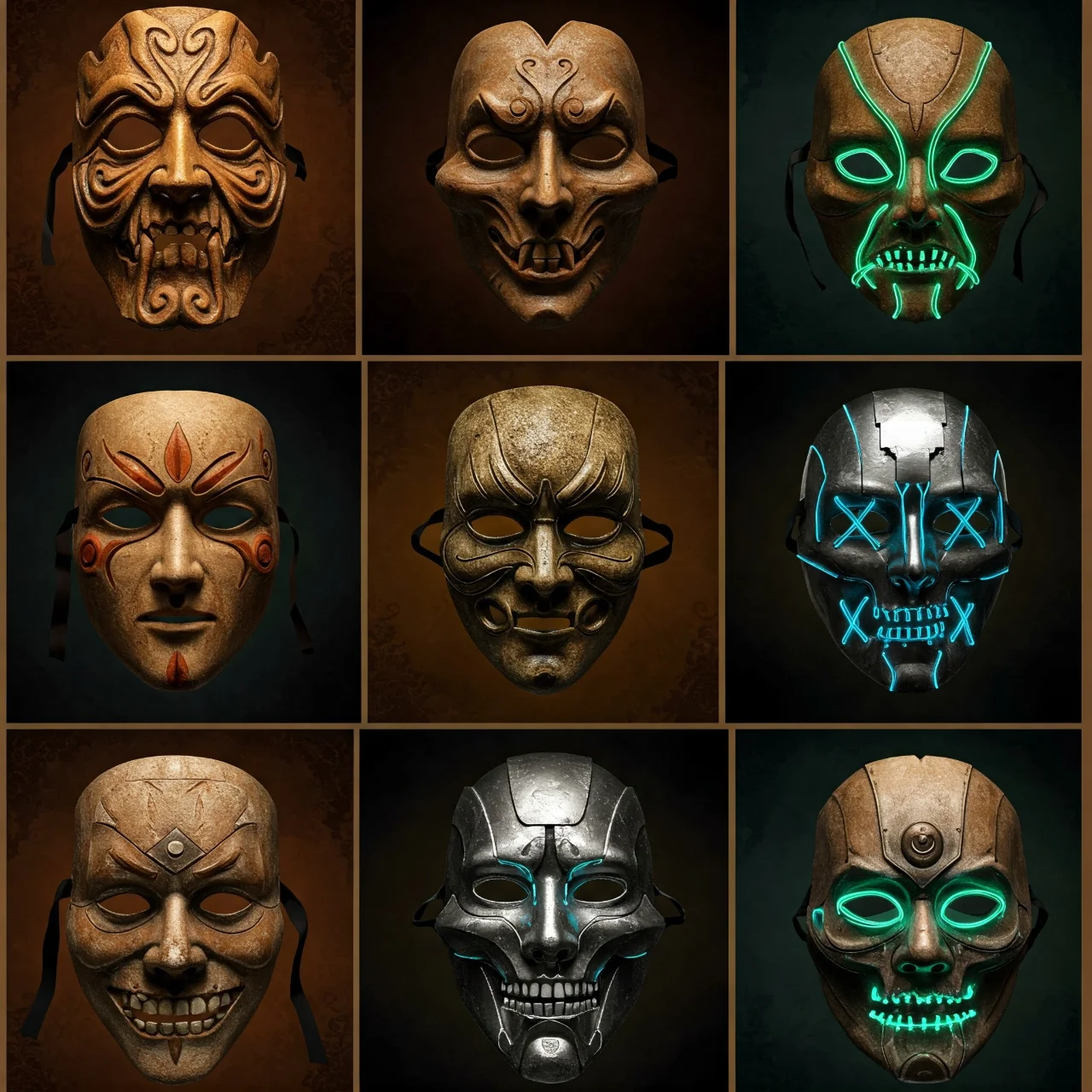
The practice of wearing masks and costumes during Halloween stems from the belief that mimicking frightening creatures or disguising oneself could ward off evil spirits or allow people to move undetected amongst them.
Dia de los Muertos and Halloween: A Similar Spirit
While distinct, Halloween shares similarities with the Mexican Day of the Dead (Dia de los Muertos), a celebration honoring deceased loved ones. Both traditions involve honoring the dead and acknowledging the connection between the living and the spirit world.
The Connection Between Halloween & Witchcraft
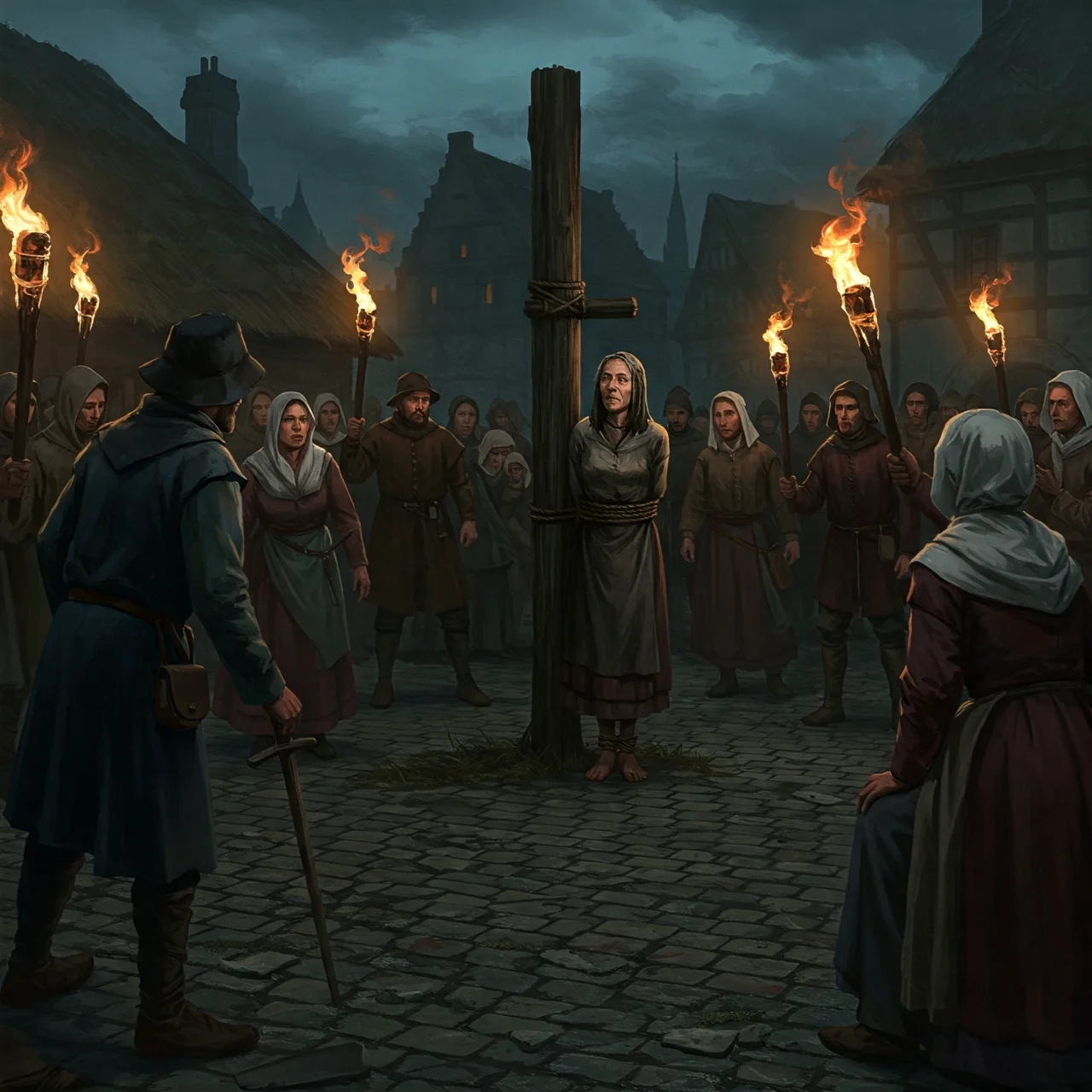
The association of Halloween with witchcraft originates from the European witch hunts of the Middle Ages and Renaissance. Belief in witches and their powers fueled the fear surrounding Halloween and contributed to its association with the supernatural.
Halloween in Japan: A Growing Trend
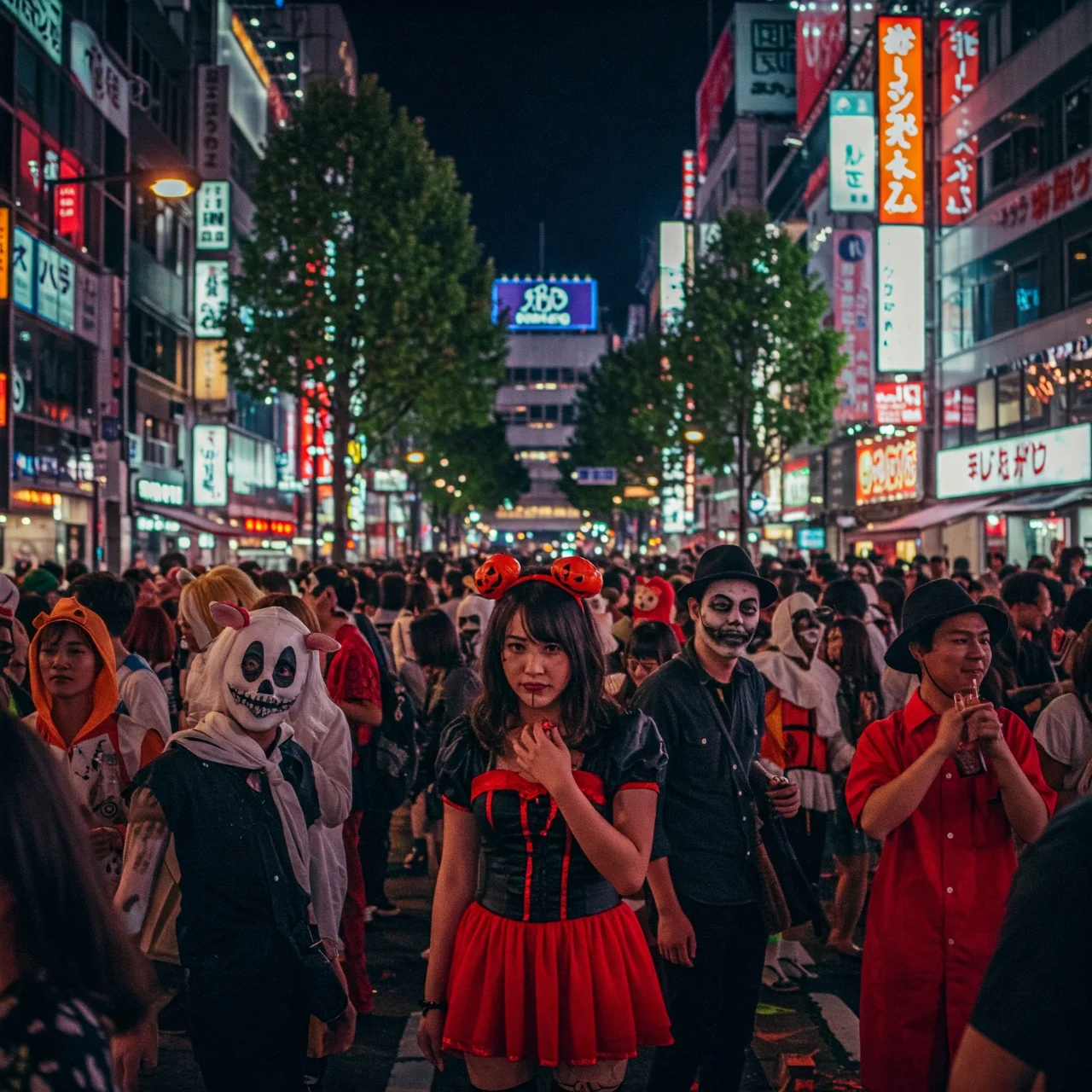
Halloween has become increasingly popular in Japan in recent decades, largely driven by the commercial success of Halloween-themed events and cosplay. Shibuya crossing in Tokyo is famous for its massive Halloween street parties.
Halloween 2025: Projected Spending
The National Retail Federation (NRF) consistently tracks Halloween spending. Analysts predict continued growth in 2025, with total spending potentially exceeding $13 billion, driven by costume purchases, candy, and decorations.
[Source: NRF - https://nrf.com/media-center/press-releases/halloween-spending-hit-record-106-billion-2023]
Halloween's Impact on the Economy
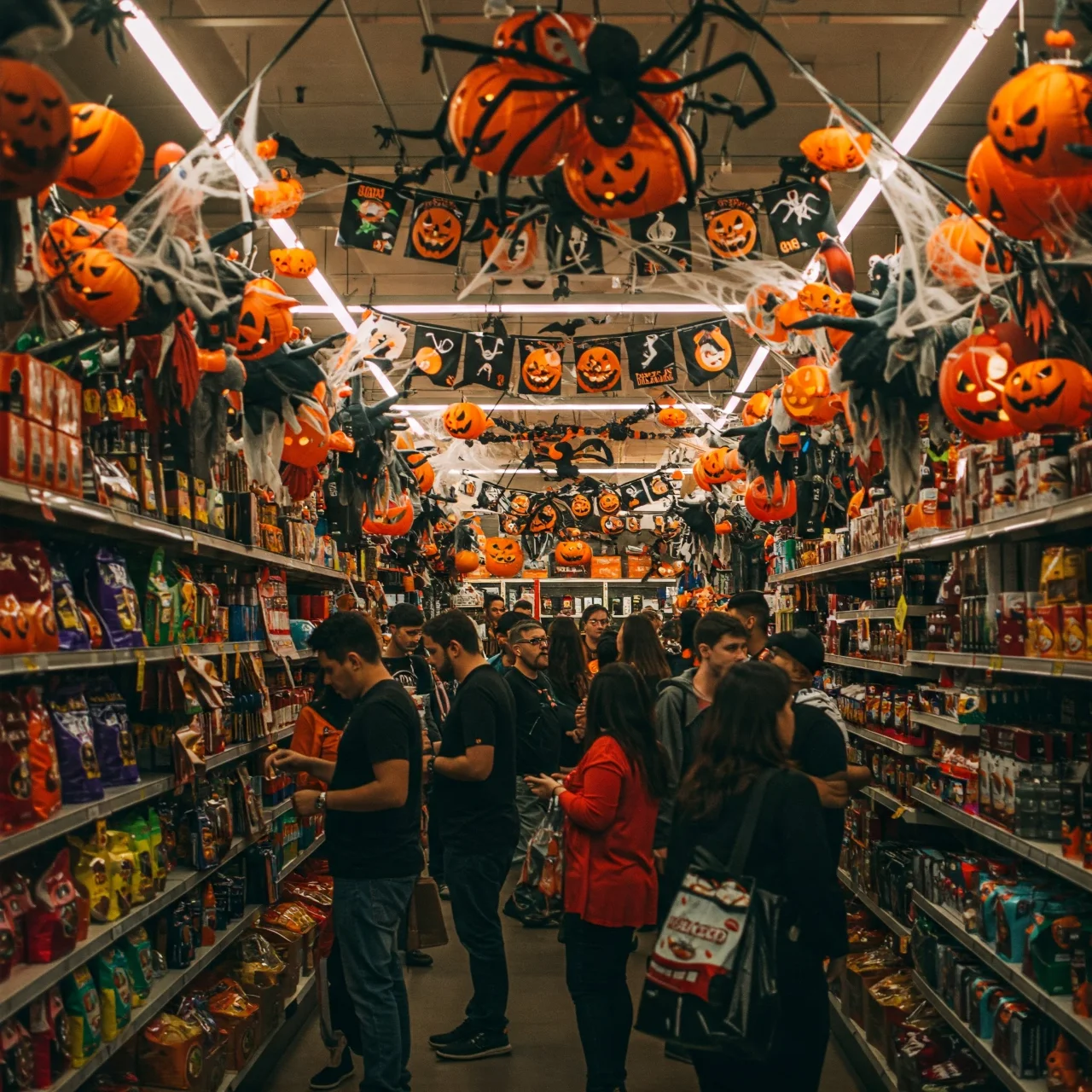
Halloween is a significant economic driver, benefiting various industries, including confectionery, costume manufacturing, decoration retailers, and event planning. It’s a substantial boost to retail sales in the fall season.
The Scariest Halloween on Record?
Some years stand out for unusually spooky events coinciding with Halloween. While not scientifically linked, tales of strange occurrences on Halloween night add to the holiday's mystique and appeal.
Folklore & Haunted Houses

The popularity of haunted houses stems from a long history of folklore surrounding haunted places and ghost stories. Halloween provides a culturally accepted time to explore our fascination with the supernatural and the thrill of fear.
Ghost Tours: A Halloween Staple
The rise of ghost tours reflects a growing interest in local history and the paranormal. Many cities offer walking tours highlighting supposedly haunted locations, becoming a popular Halloween activity.
Looking Ahead: Halloween 2025 Trends
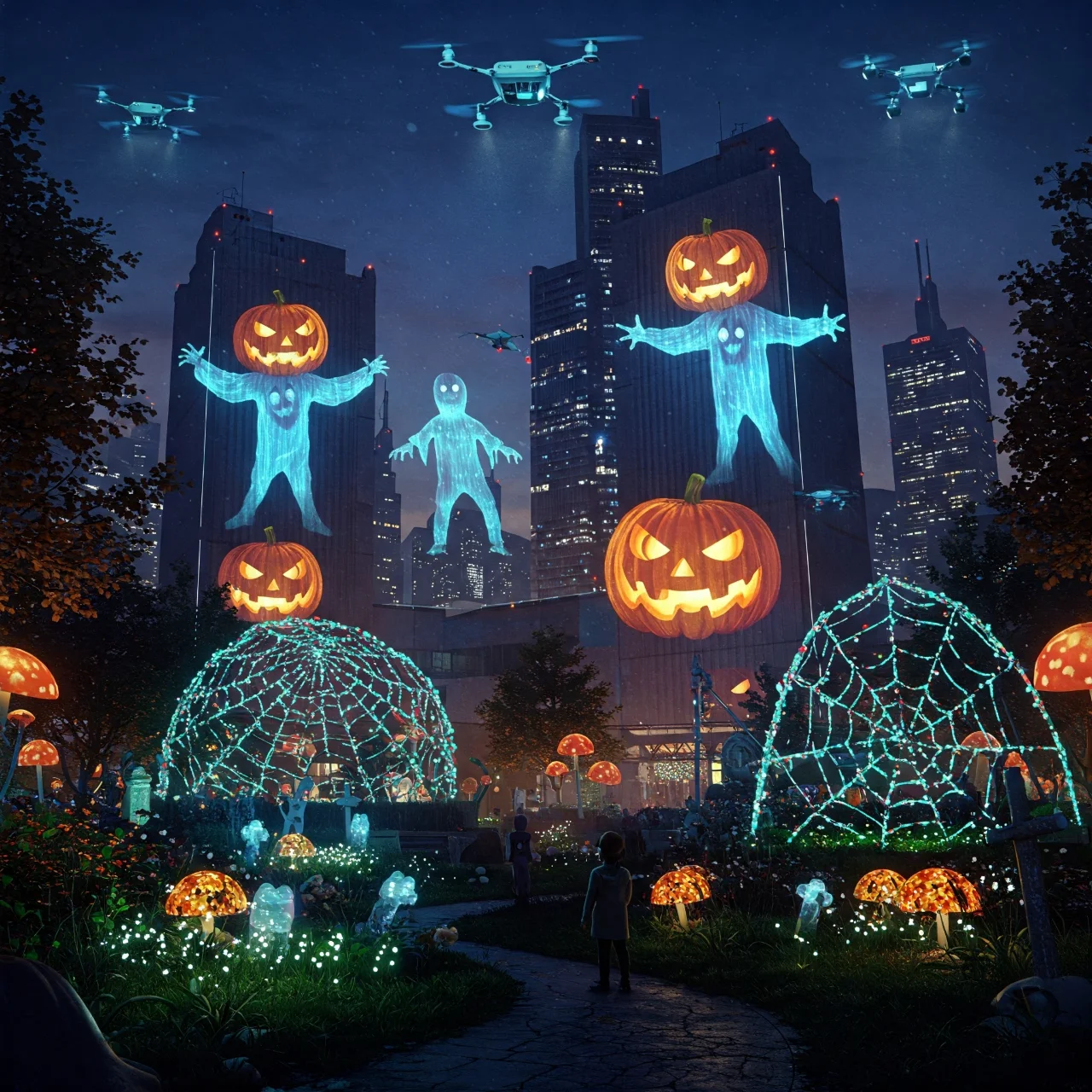
Expect to see continued emphasis on experiential Halloween activities in 2025, such as immersive haunted attractions and themed events. Sustainable and eco-friendly costumes and decorations may also be a growing trend, driven by consumer awareness.
Comments
Loading comments...